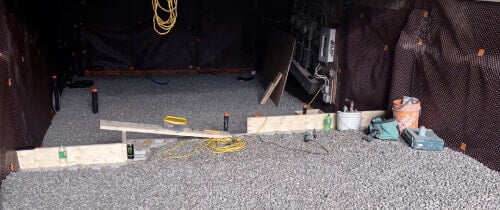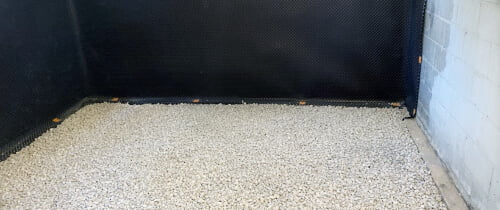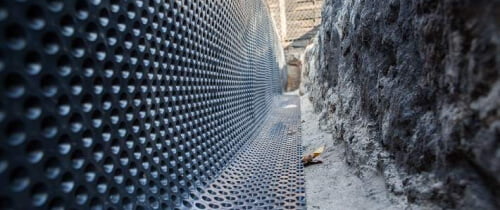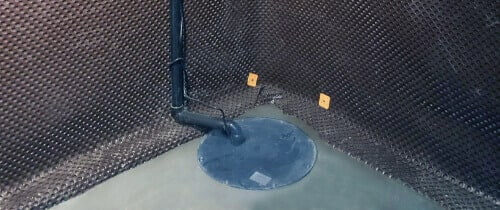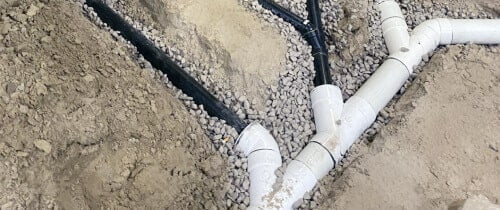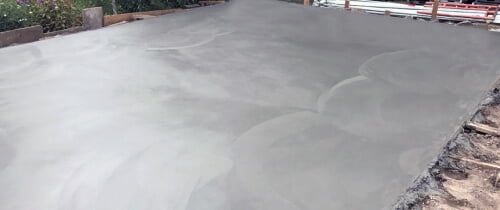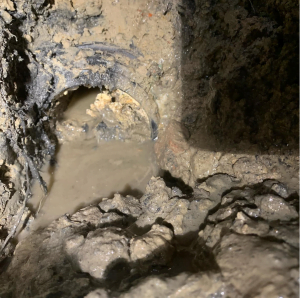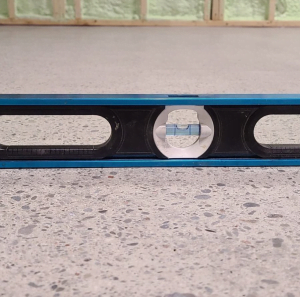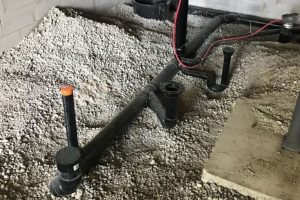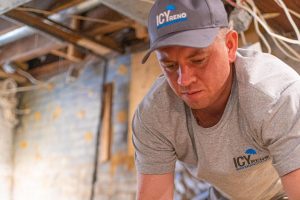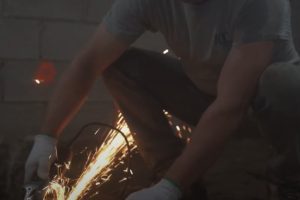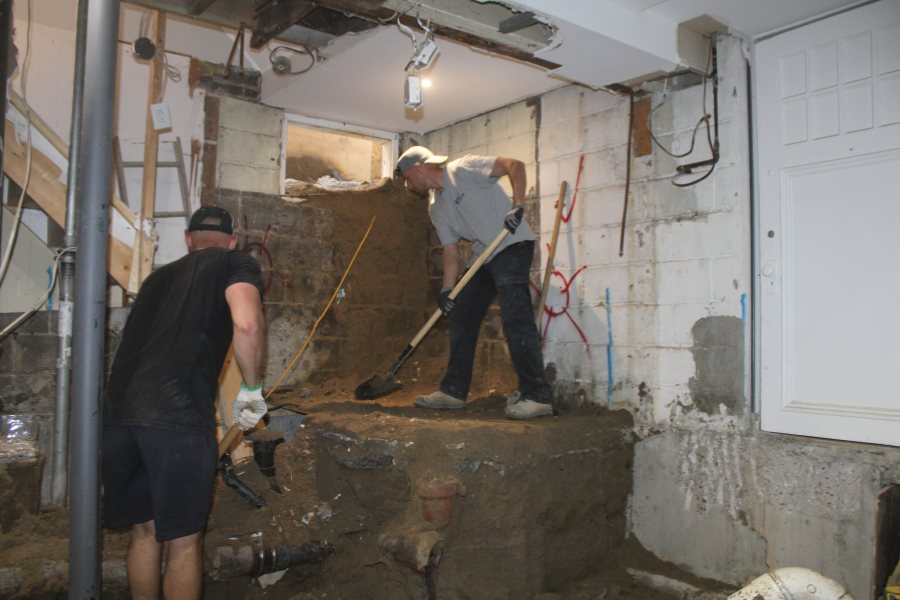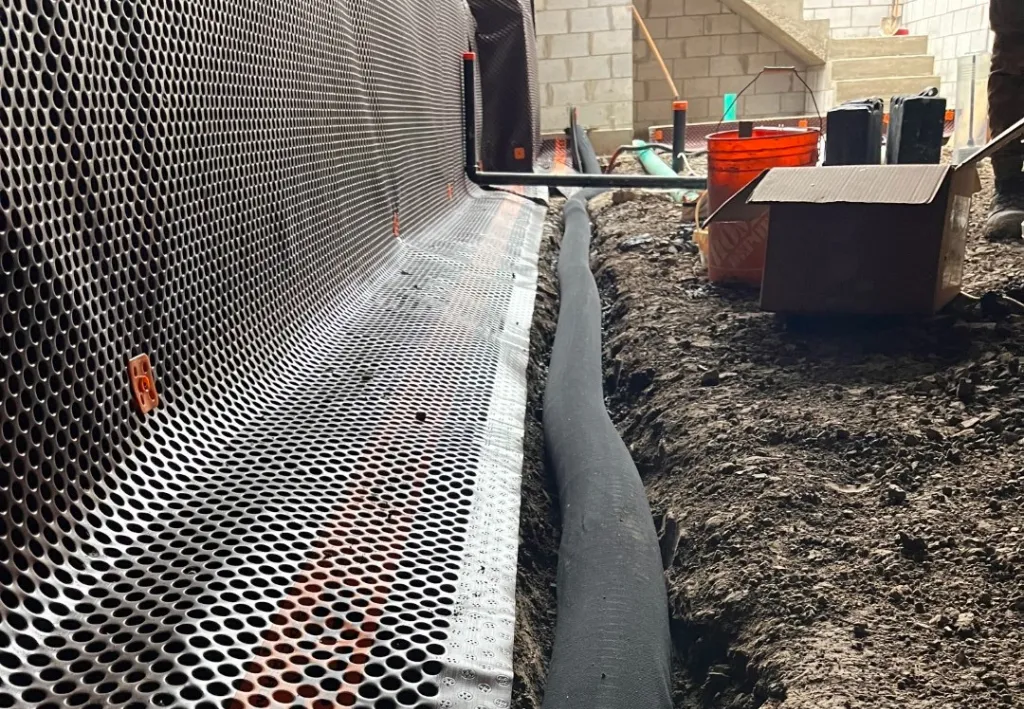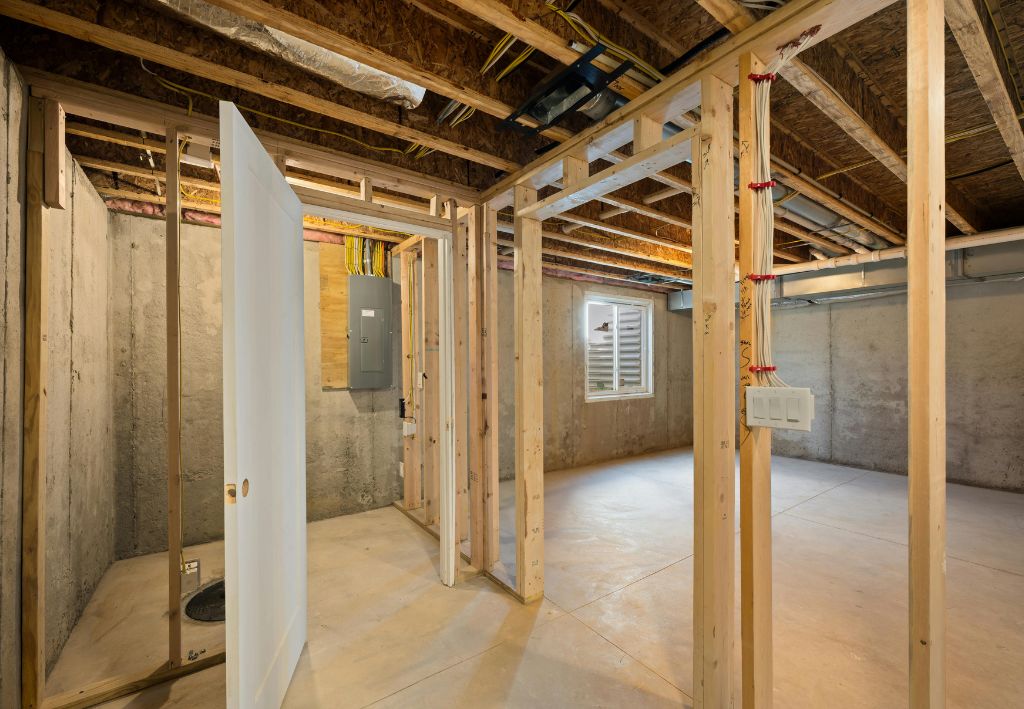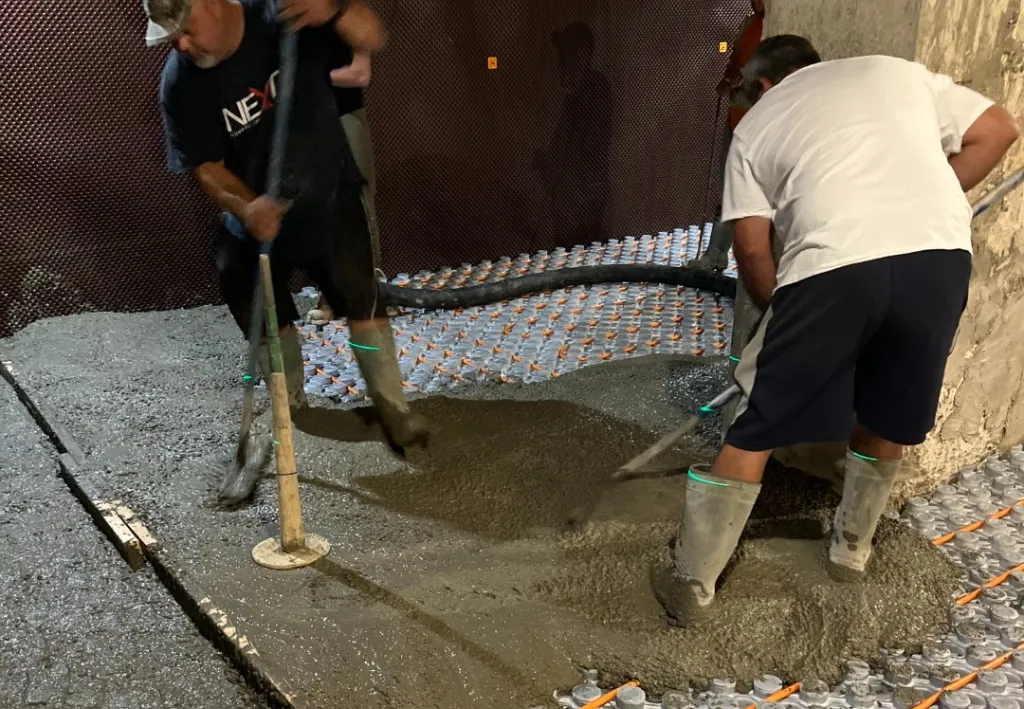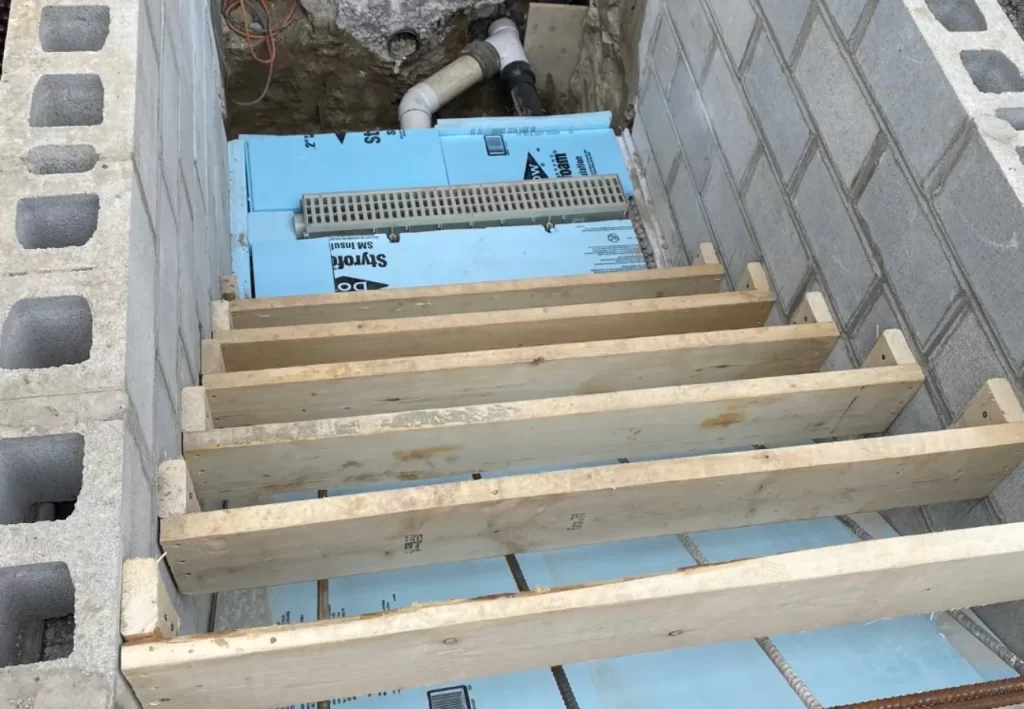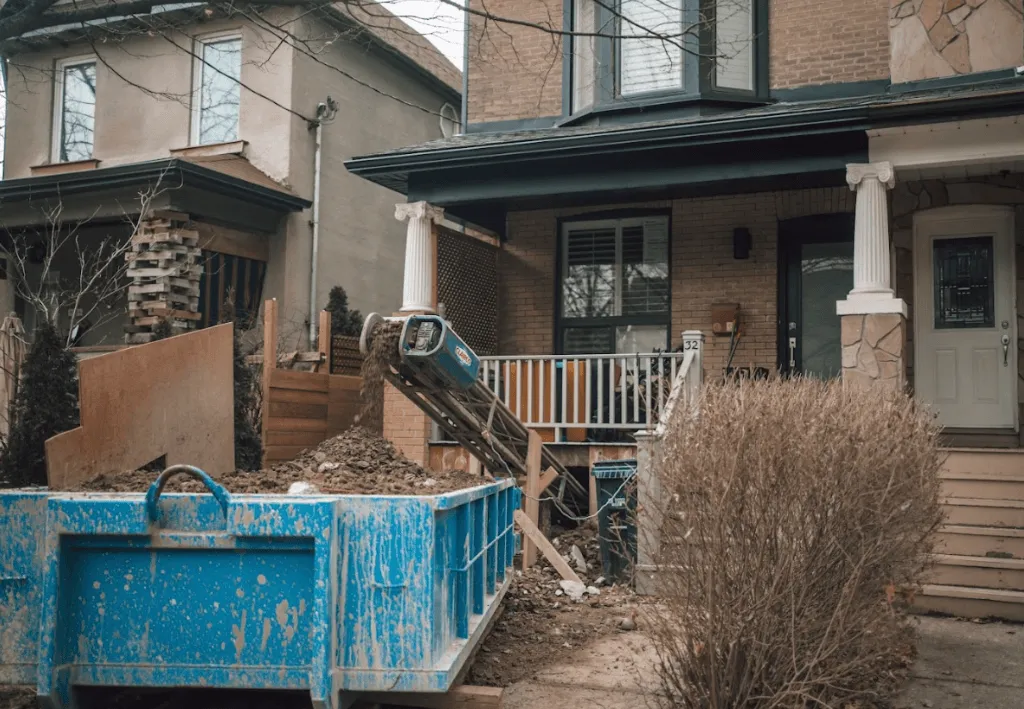
Basement Underpinning, Lowering & Waterproofing Services
Looking to reinforce your foundation or protect your basement from water damage? We’ve got you covered!
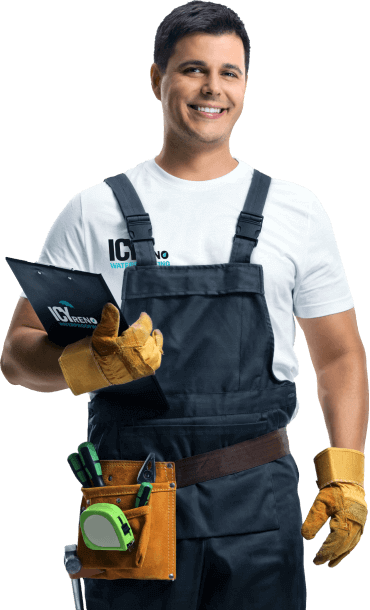
IcyReno Waterproofing specializes in underpinning, waterproofing, and drainage services across Toronto, North York, Scarborough, and Etobicoke. With over a decade of experience, we deliver reliable, long-lasting solutions for both residential and commercial properties, ensuring strong foundations and dry, livable basements.
Why Choose Us?
- Highly experienced and knowledgeable team
- Free consultations and detailed quotes
- Competitive pricing for top-tier services
- Fully licensed and insured
- Proven industry practices for superior outcomes
- Up to 25-year warranty for peace of mind
- Efficient and hassle-free project management

Basement & Foundation Underpinning
Our Services
We offer expert solutions in foundation underpinning, waterproofing, and drainage to keep homes across Toronto safe, dry, and secure. Find below and learn more about the services you need to protect and enhance your property.
With advanced engineering techniques and modern construction methods, we stabilize your foundation and increase basement height, transforming your space into a safe, usable area. Our underpinning services also incorporate waterproofing for added protection.
Our interior waterproofing solutions are designed to reroute water away from your home, preventing leaks and moisture damage. This ensures that your basement remains dry, protecting your property from costly repairs and maintaining a safe environment.
We use specialized materials, sealants, and drainage systems to keep water from penetrating your home’s foundation. Our exterior waterproofing services provide an extra layer of protection by collecting and redirecting water away from the basement.
Our backwater valve and sump pump installations prevent basement flooding during severe storms by efficiently redirecting water away from your home. These systems protect your foundation and reduce the risk of water damage.
We install, repair, and maintain various types of drainage systems to ensure proper water flow and prevent blockages. Whether you need new drains or repairs, we provide comprehensive solutions for keeping your property dry and protected.
We offer durable and cost-effective concrete flooring for basements, available in a variety of colors, stains, and finishes. Our concrete floors are designed to withstand heavy use while enhancing the aesthetic appeal of your basement.
google reviews
Our Client Testimonials

Savings for Toronto homeowners
Basement Flooding Protection Subsidy Program
Homeowners of single-family, duplex, or triplex residential properties can apply online for a subsidy of up to $3,400 per property. The following types of work are eligible: installation of a backwater valve; installation of a sump pump; plus severance and capping of an external weeping tile connection or storm sewer line.
The Rebate Includes:
Installation of alarm for sump pump.
Installation of backup power for sump pump.
Installation or replacement of sump pump.
We Provide Our Services All Across Toronto, ON
1401 The Queensway Unit #10, Etobicoke, ON M8Z 1T2
15 Moynes Ave, Etobicoke, ON M8Y 3B5
826 Runnymede Rd Unit 1, Toronto, ON M6N 3V9
Reputable waterproofing company
Water & Floor Damage – Get Expert Solutions!
Water damage can wreak havoc on any property, causing a wide range of issues that can be expensive to repair and even hazardous to your health. At our underpinning company, we prioritize your safety and ensure your home remains dry.
Wet basements are a common problem caused by groundwater swelling, condensation, and runoff. Preventative measures can save you the headache of spending thousands of dollars on repairs and damage control. To combat this, we offer a range of water damage restoration and stabilize foundation solutions, such as installing a perimeter drain system, using a dehumidifier, lowering basement, and many more.
Save yourself from unwanted surprises. Be prepared and trust our underpinning services to keep your home safe and dry.
15+
Years on the Market
950+
Projects Completed
950+
Happy Clients
25+
Warranty Up to 25 Years
Recent Projects – Completed Successfully!
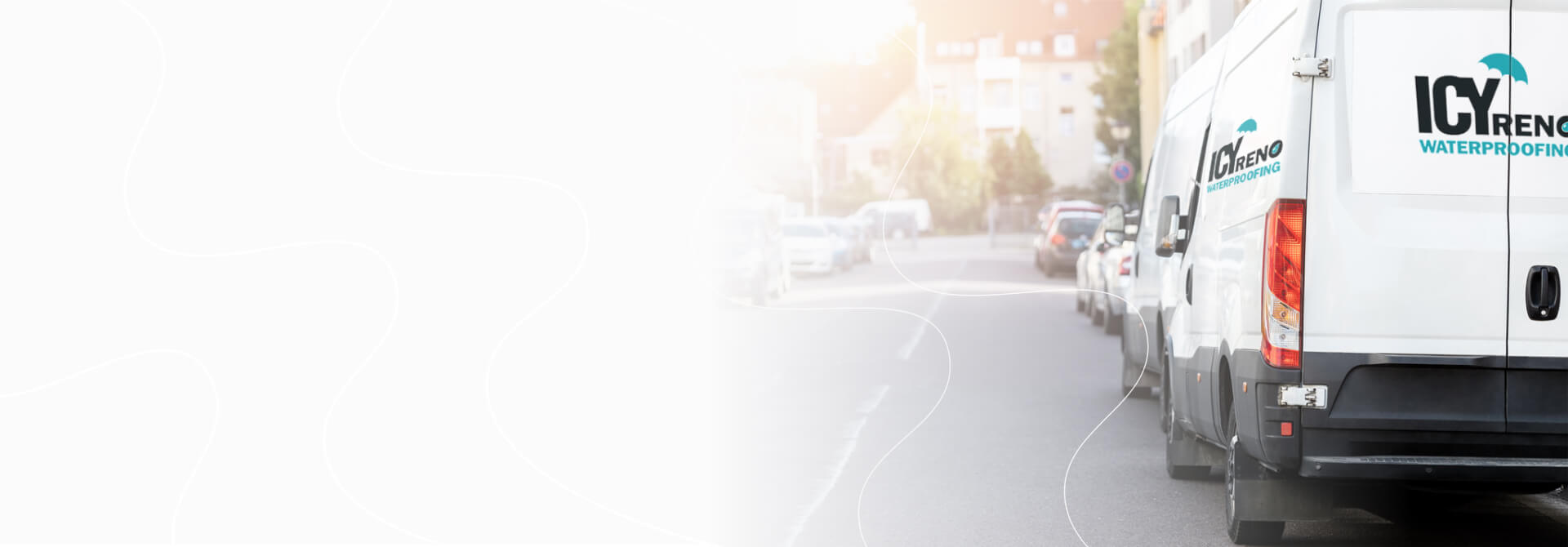
COMMITTED To Quality
Protecting Basements Across Toronto.
Basement damage can happen when you least expect it! Our basement waterproofing experts are here to guarantee your home’s foundation stays dry when you need it most. Plus, if you decide you want to lower your basement a few feet down for extra space, we can integrate underpinning into our plan.
Meeting Highest Industry Standards
Quality Work With Minimal Disruptions




